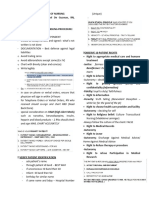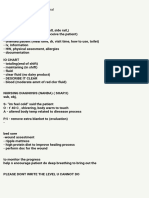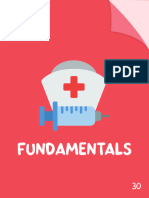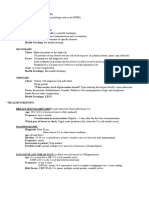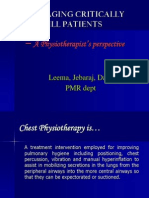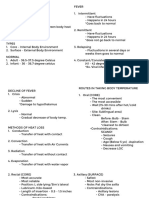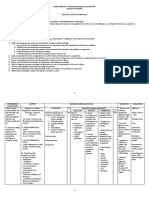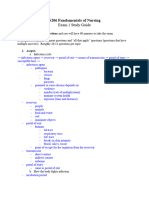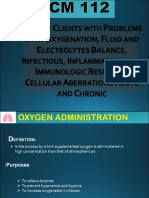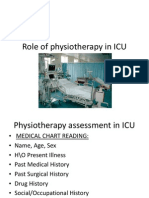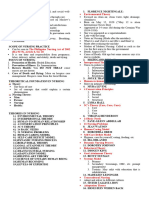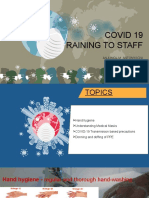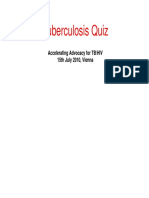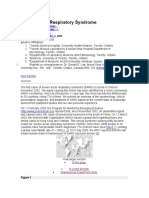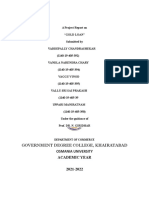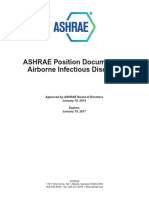0% found this document useful (0 votes)
135 views11 pagesPCM1 Midterm Exam Study Guide
This document provides information on various topics related to patient care skills in occupational therapy. It discusses the importance of HIPAA, informed consent processes, interprofessional collaboration, infection control practices like standard precautions and transmission-based isolation, taking and assessing vital signs, body mechanics for safe lifting and normal posture. Key areas covered include communication types for different patients, elements of informed consent, types of medical errors, safety recommendations, the infection control cycle, microorganisms and their growth environments, different aseptic techniques, personal protective equipment, modes of disease transmission, hand hygiene guidelines, factors affecting different vital signs, and techniques for safe lifting and positioning patients.
Uploaded by
djgCopyright
© © All Rights Reserved
We take content rights seriously. If you suspect this is your content, claim it here.
Available Formats
Download as DOCX, PDF, TXT or read online on Scribd
0% found this document useful (0 votes)
135 views11 pagesPCM1 Midterm Exam Study Guide
This document provides information on various topics related to patient care skills in occupational therapy. It discusses the importance of HIPAA, informed consent processes, interprofessional collaboration, infection control practices like standard precautions and transmission-based isolation, taking and assessing vital signs, body mechanics for safe lifting and normal posture. Key areas covered include communication types for different patients, elements of informed consent, types of medical errors, safety recommendations, the infection control cycle, microorganisms and their growth environments, different aseptic techniques, personal protective equipment, modes of disease transmission, hand hygiene guidelines, factors affecting different vital signs, and techniques for safe lifting and positioning patients.
Uploaded by
djgCopyright
© © All Rights Reserved
We take content rights seriously. If you suspect this is your content, claim it here.
Available Formats
Download as DOCX, PDF, TXT or read online on Scribd
/ 11


